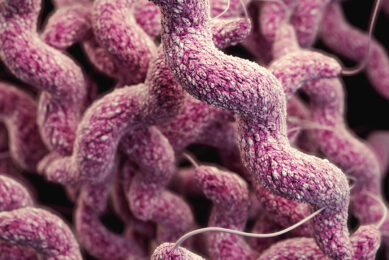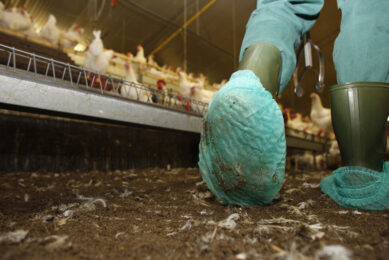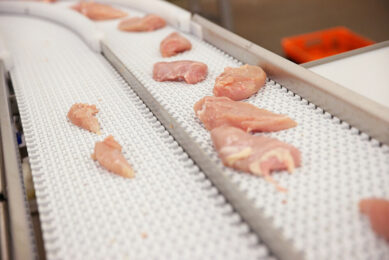Discussion: Controlling Campylobacter
The European Food Safety Authority (EFSA) has published the content and conclusions of a recent scientific discussion group on Campylobacter spp, prompted by a growing concern regarding the burden of gastrointestinal illness caused by this bacterium.
Over the past years Campylobacter spp. have overtaken Salmonella spp. as the most frequently reported zoonotic agent in the EU. An incidence rate of approx. 50 confirmed cases per 100,000 population over 17 European countries was reported in 2007.
Worldwide epidemiological studies indicate that Campylobacteriosis is largely foodborne and that poultry-meat is a major source. However, the proportion of illness due to poultry-meat and the contribution of other potential sources remain unclear. The European Commission requested EFSA to update its 2005 Opinion on Campylobacter spp. with particular reference to the contribution of broiler meat to human Campylobacteriosis, the possible control options and potential performance objectives or targets. This colloquium was organised to assist EFSA in updating its Opinion.
The meeting involved over 90 scientists and stakeholders from 30 countries including New Zealand, which had an incidence of 383.5 per 100,000 in 2006 when it implemented a national ‘Campylobacter Risk Management Strategy’. Parallel discussion groups addressed the following issues: the source attribution and health impact of Campylobacter spp.; its quantitative risk assessment? in broiler meat; its resistance to fluoroquinolones (an antimicrobial substance); and, effective control measures in broiler meat production from farm to fork.
It was concluded that although there are many reservoirs and transmission routes for Campylobacter spp., poultry-meat remains likely to be the most important cause of human exposure. Control measures throughout the poultry food chain were identified and discussed in terms of their possible effectiveness and the likely barriers to their implementation. It was agreed that controls should focus on reducing the numbers of Campylobacter spp. on poultry carcasses as well as a reduction in overall prevalence.
Evidence was presented that the use of fluoroquinolones in poultry flocks has led to the emergence of fluoroquinolone resistance in Campylobacter spp. in poultry and contributes to the occurrence of antibiotic-resistant Campylobacter spp. infection in humans.
Participants agreed that reliable quantitative data throughout the food chain in Europe was needed to help fine-tune models for risk assessment and identify the most promising control measures. Close collaboration between the medical and the food and veterinary sectors was seen as key to improving data collection and the need for field studies (pilot and full scale) using harmonised protocols was identified as necessary to enable validation of promising control measures.
Source: Food Safety Authority of Ireland
To read the full report, click here
Related links:
European Food Safety Authority (EFSA)
The Food Safety Authority of Ireland













